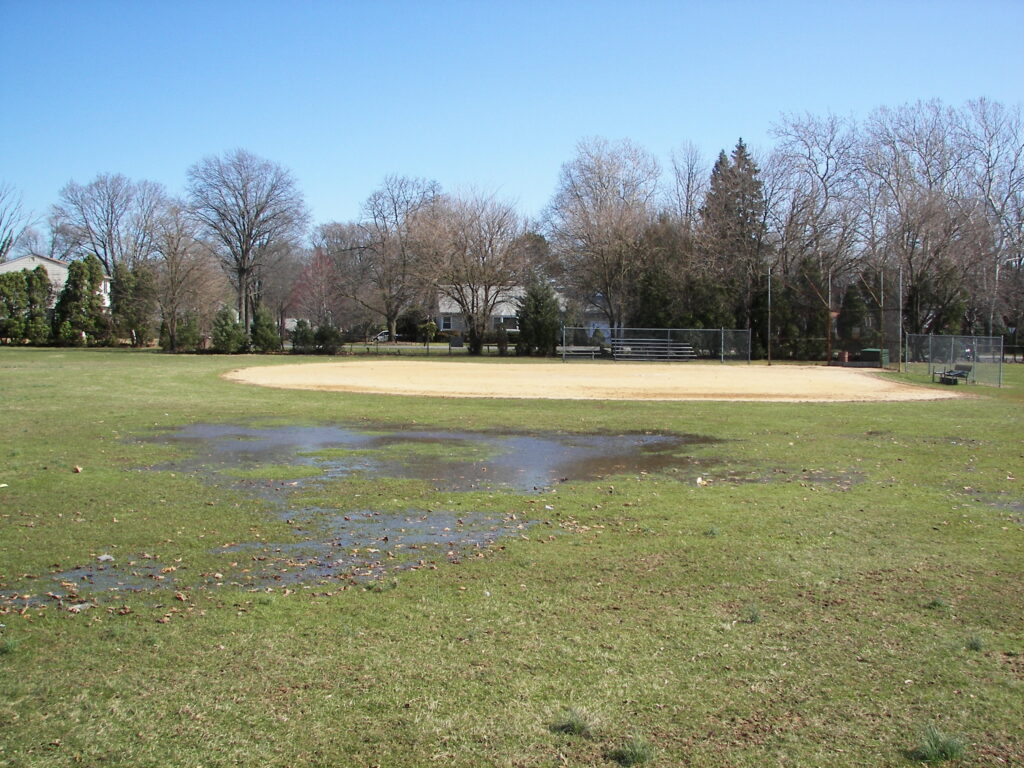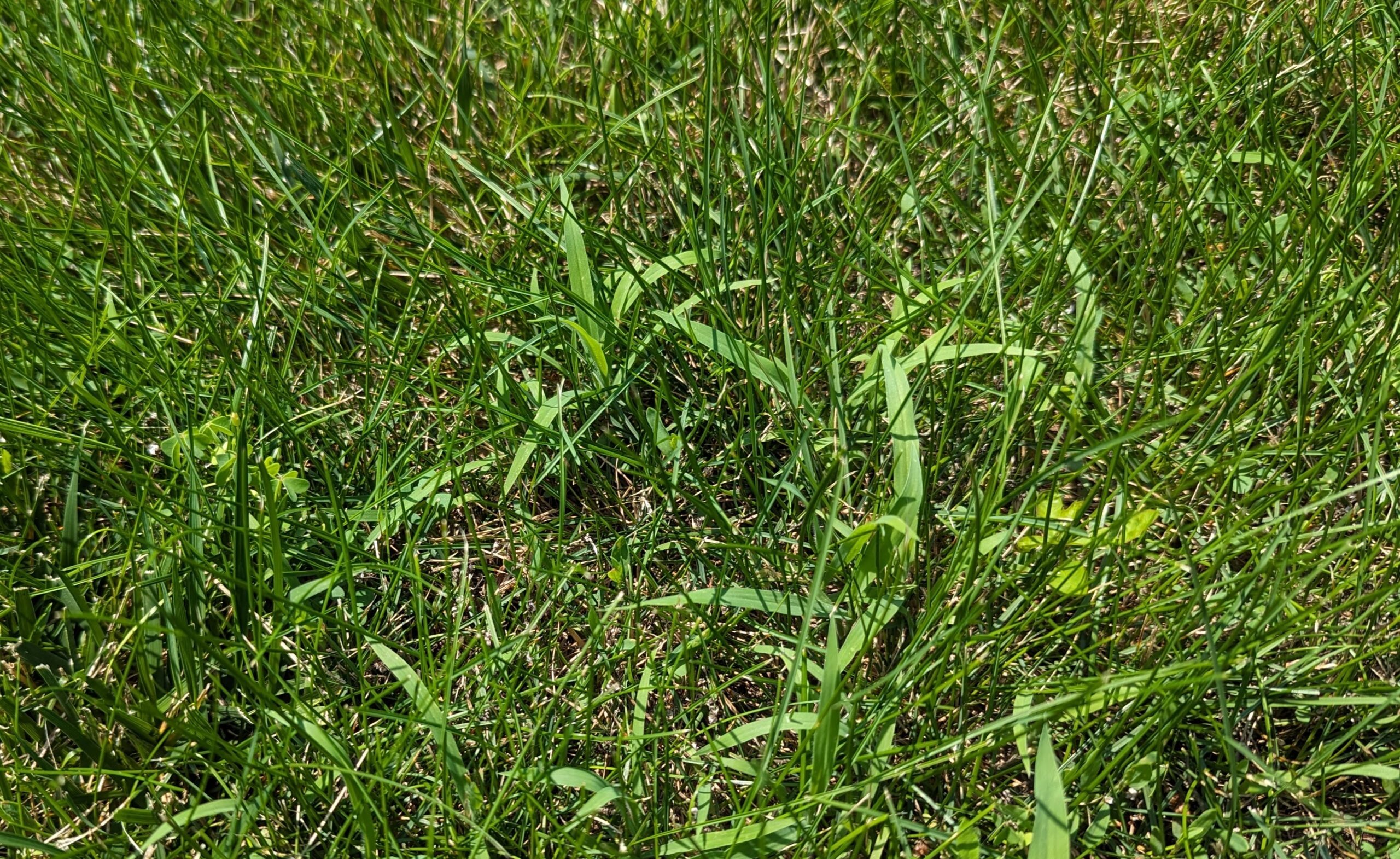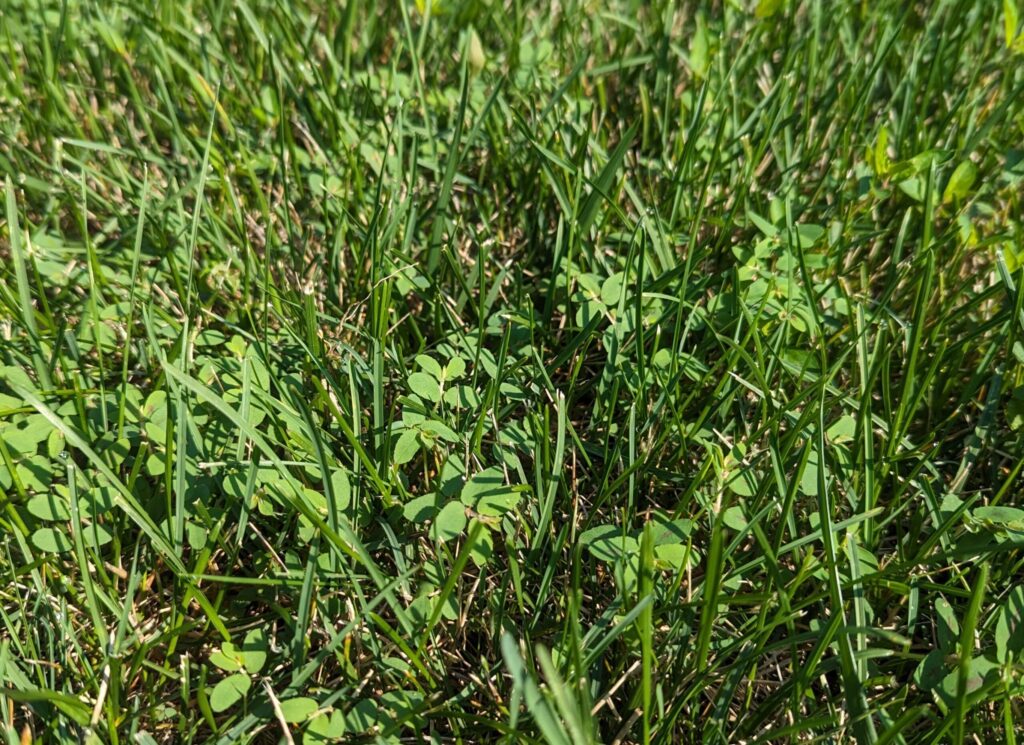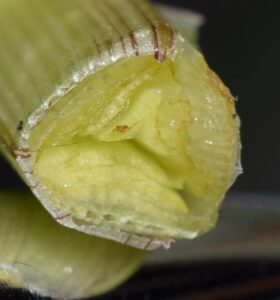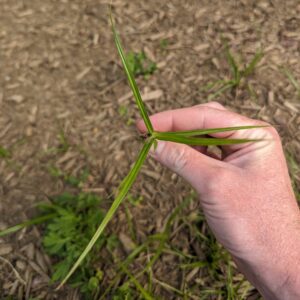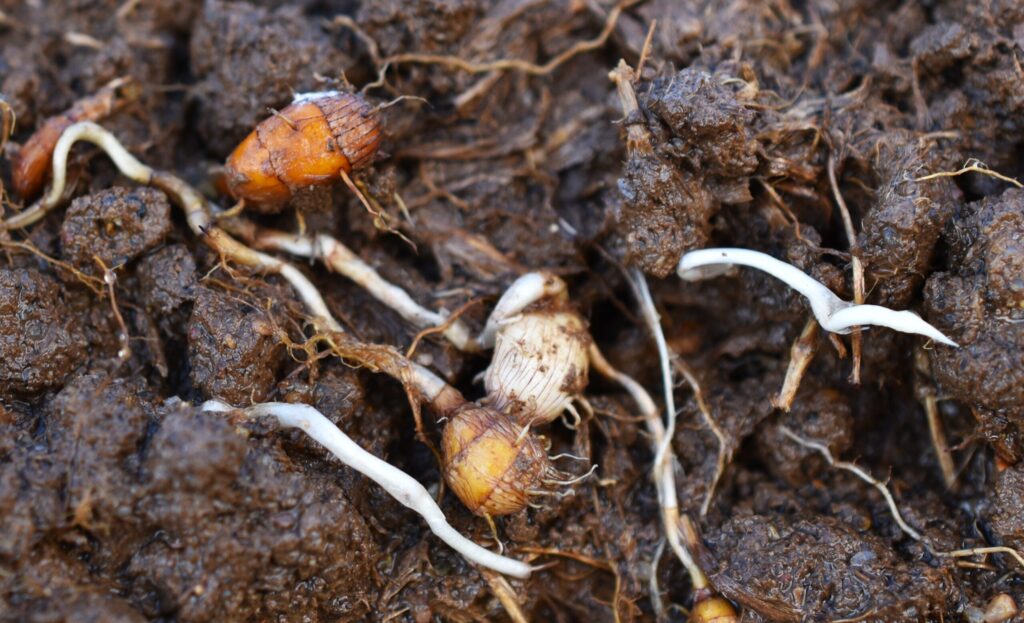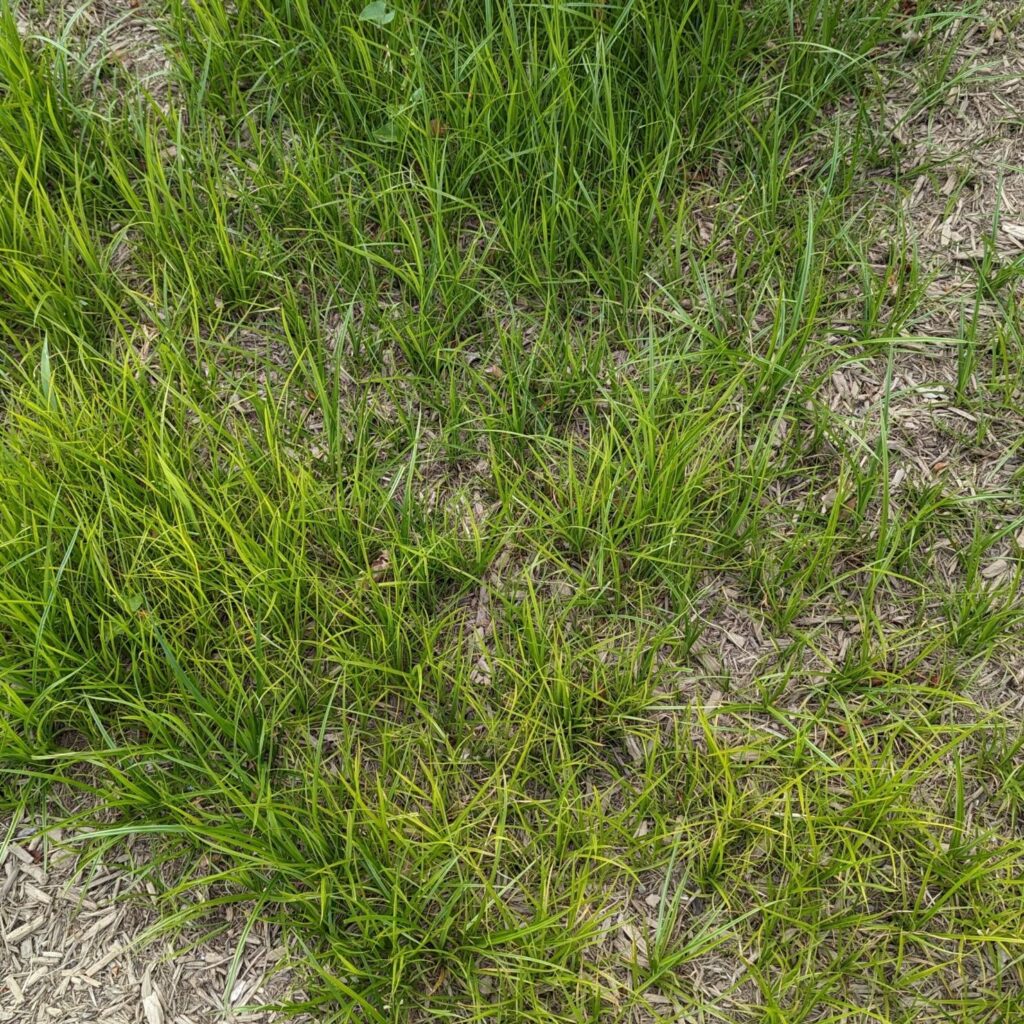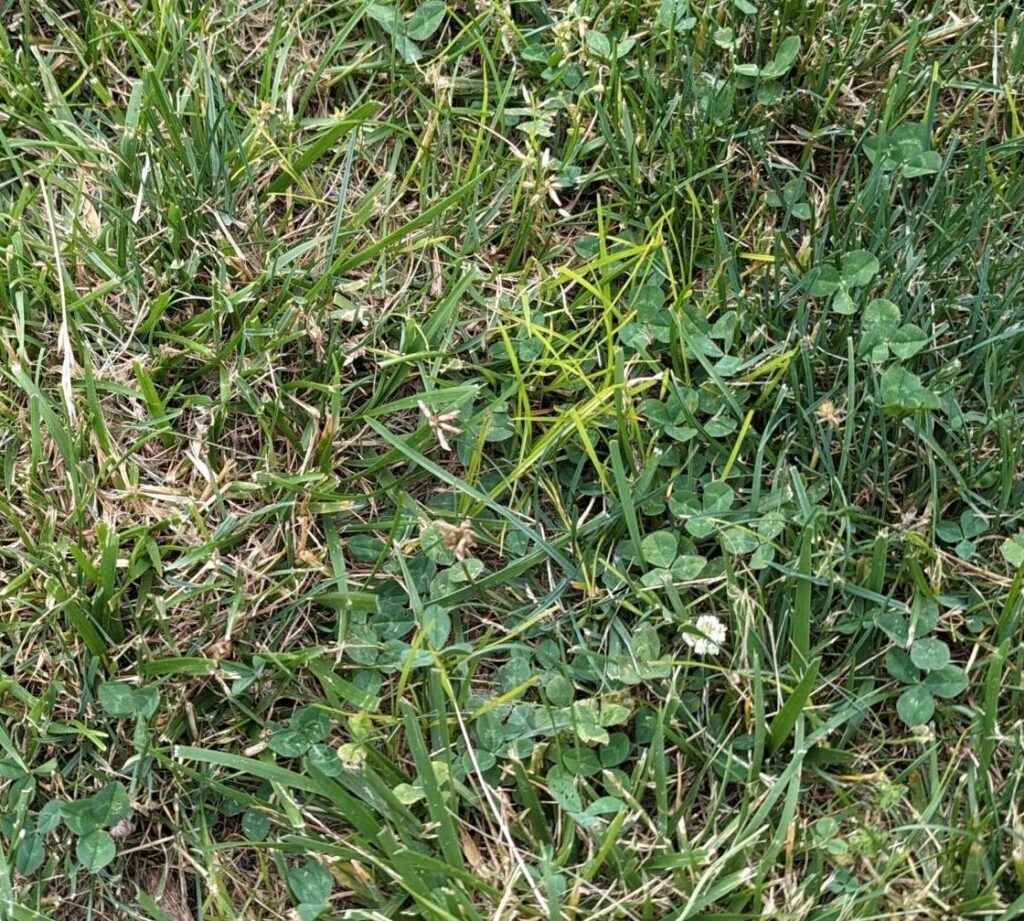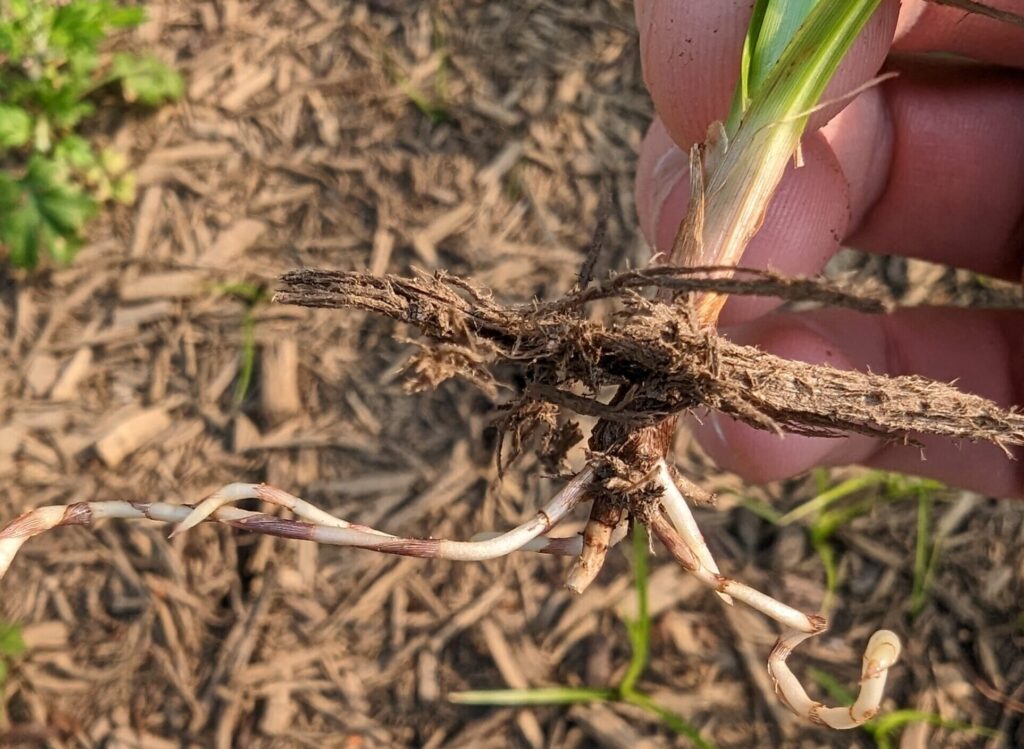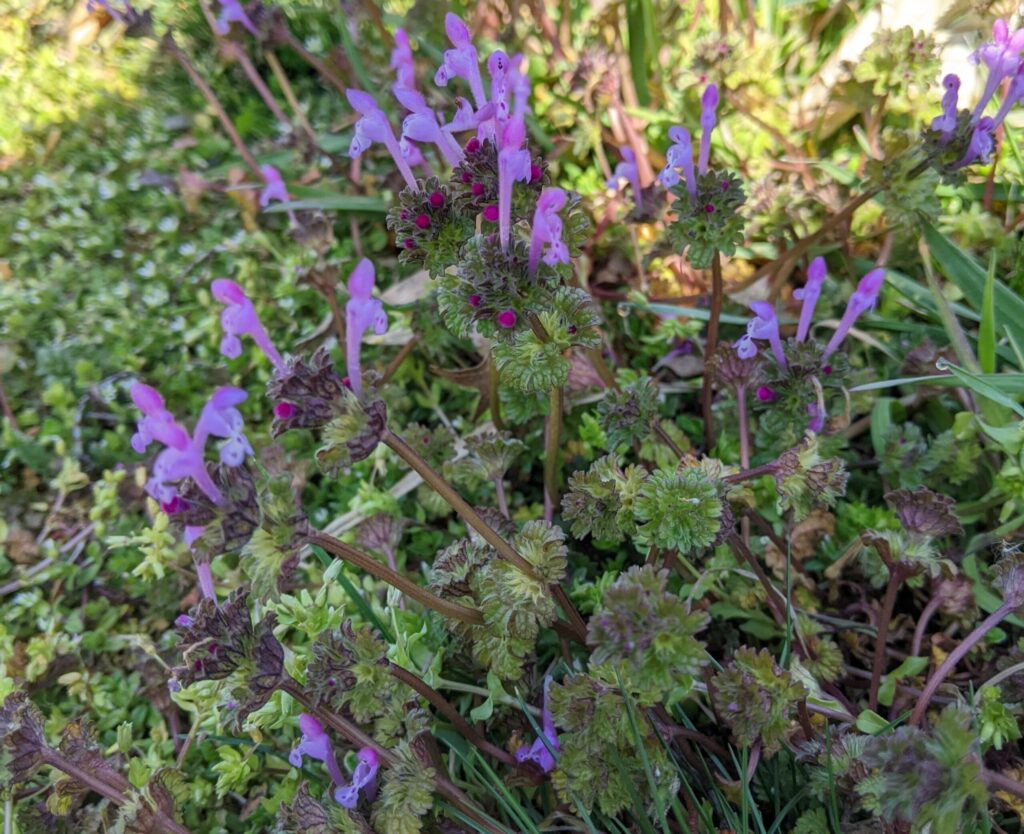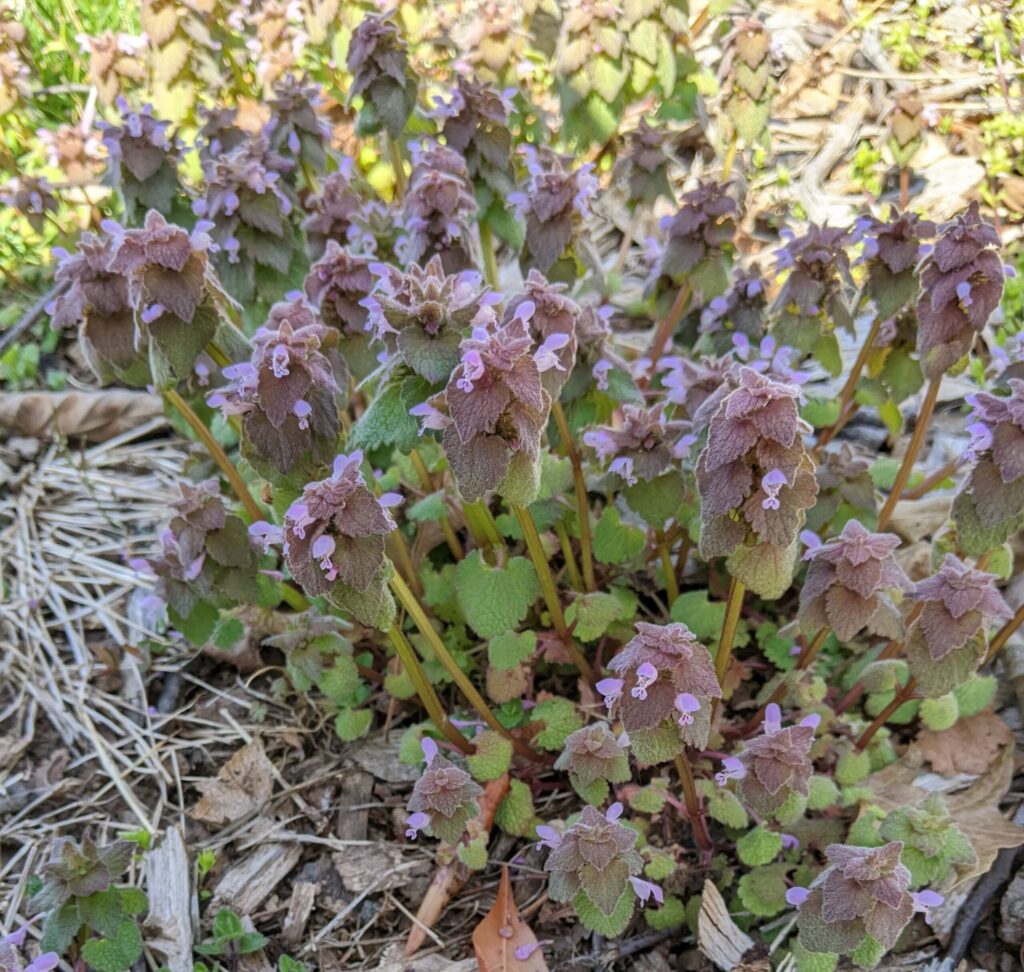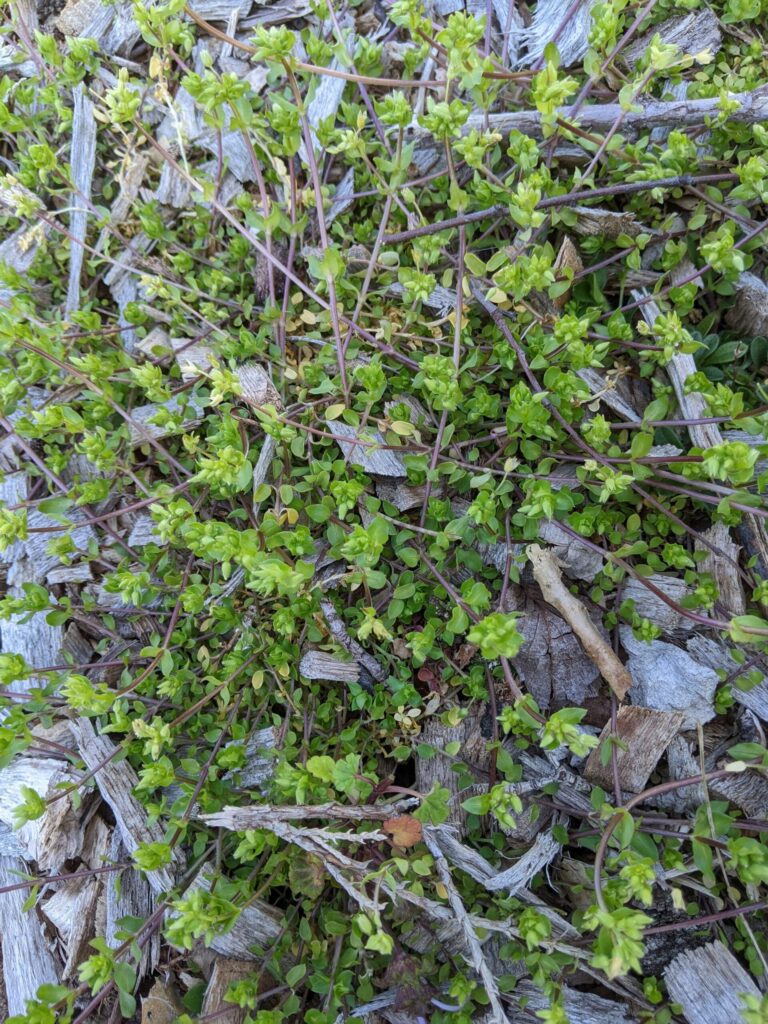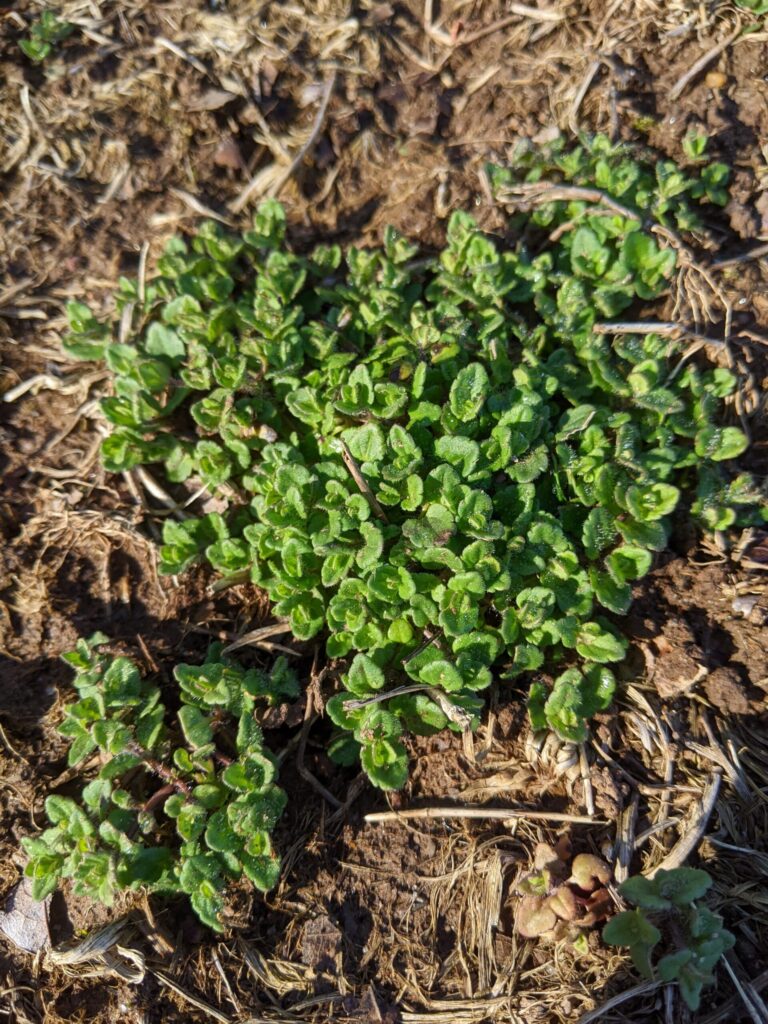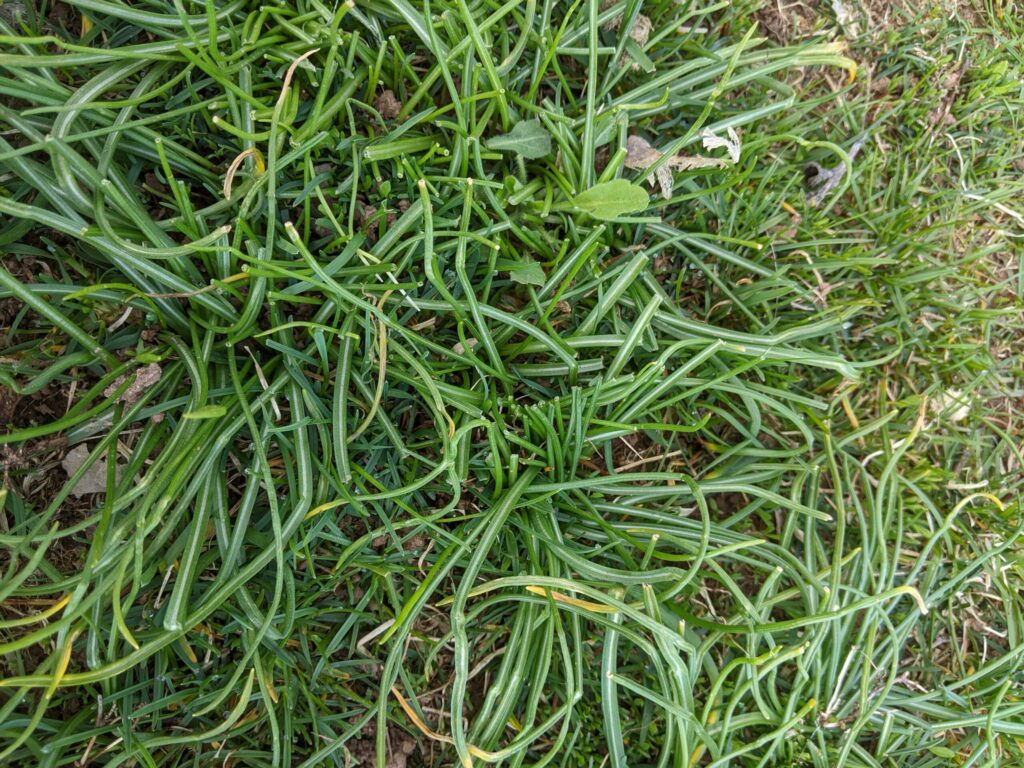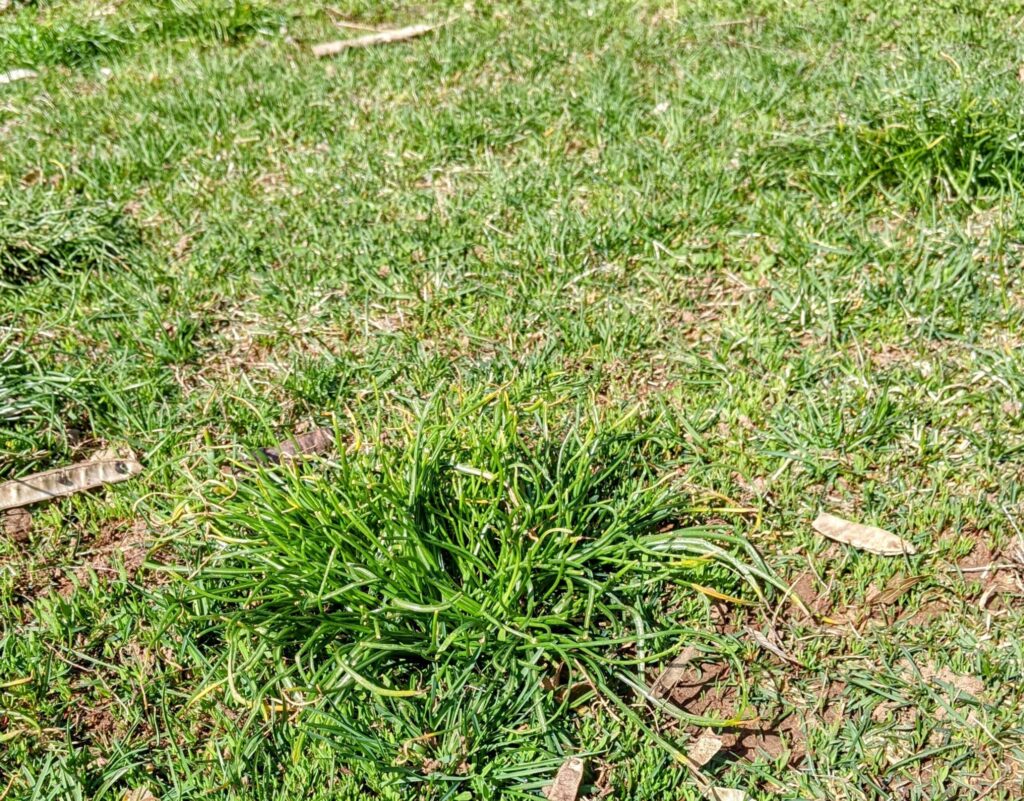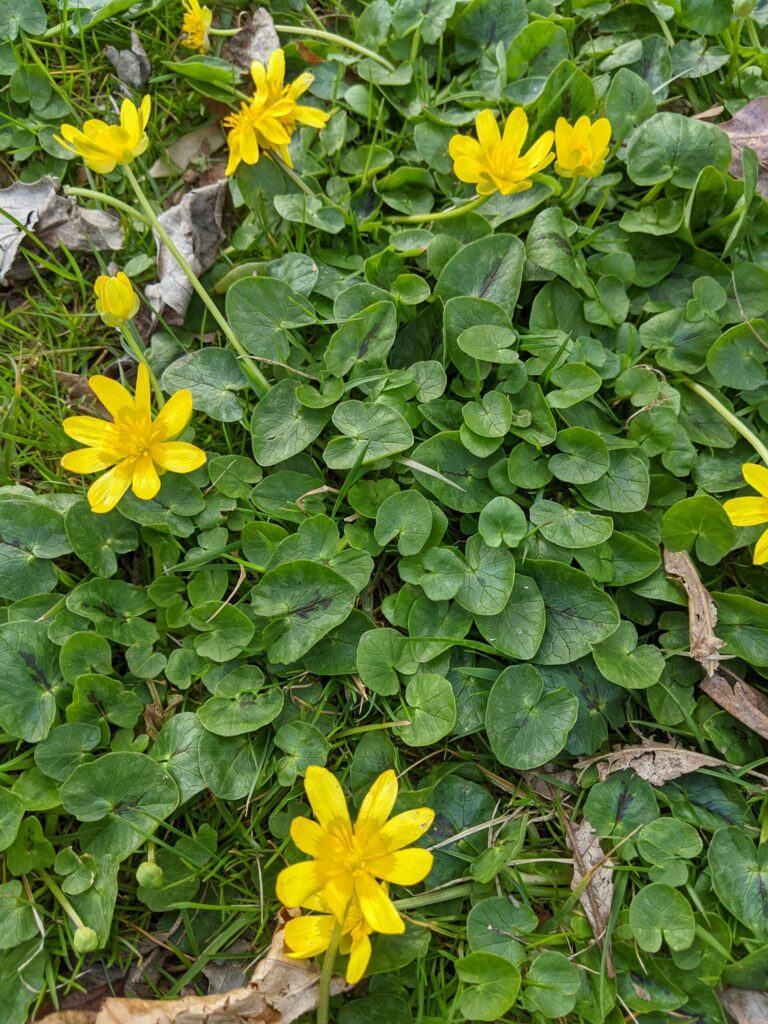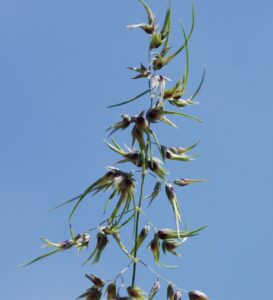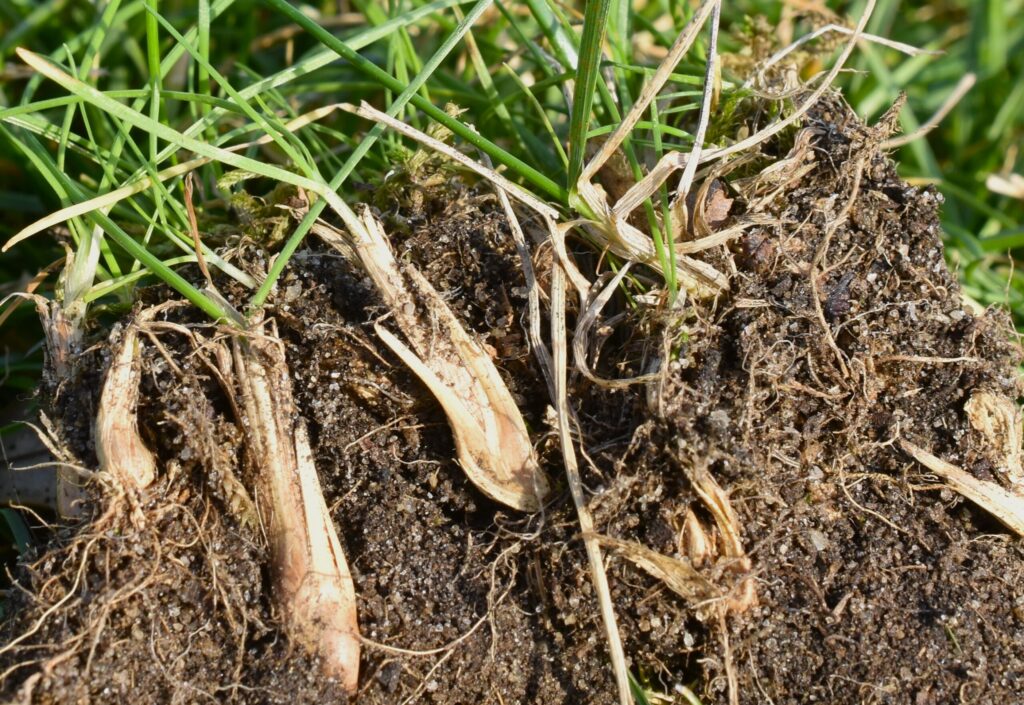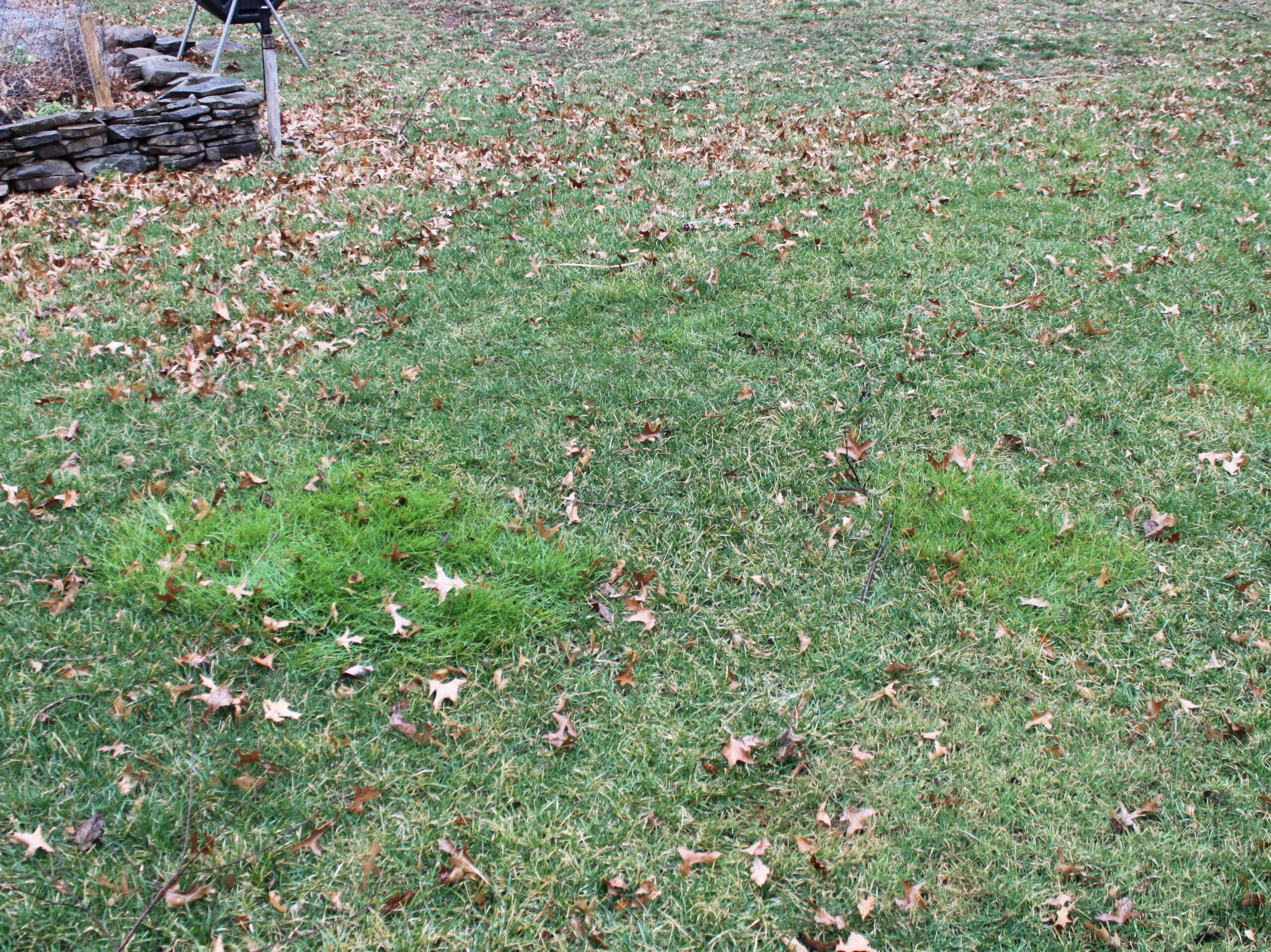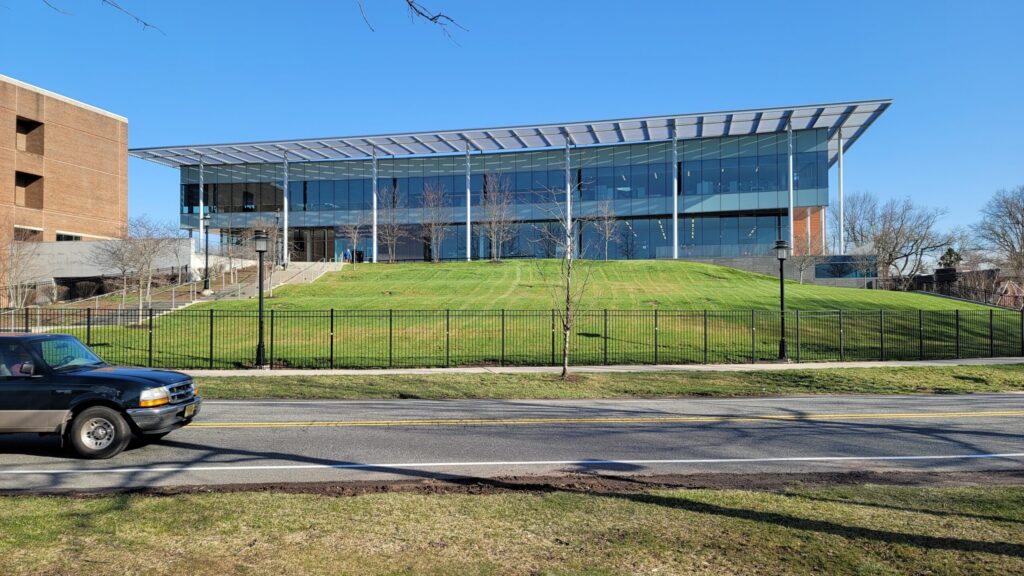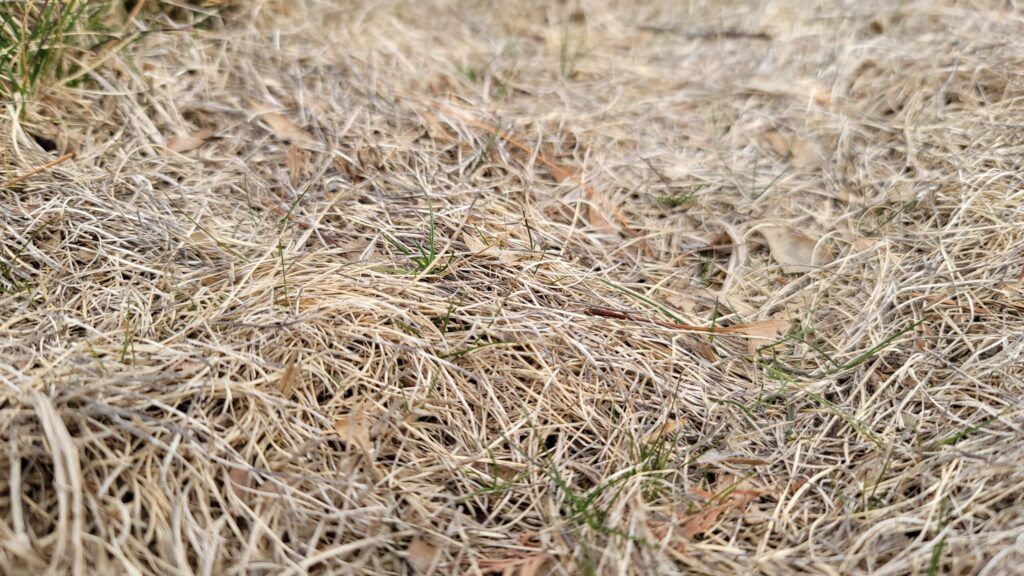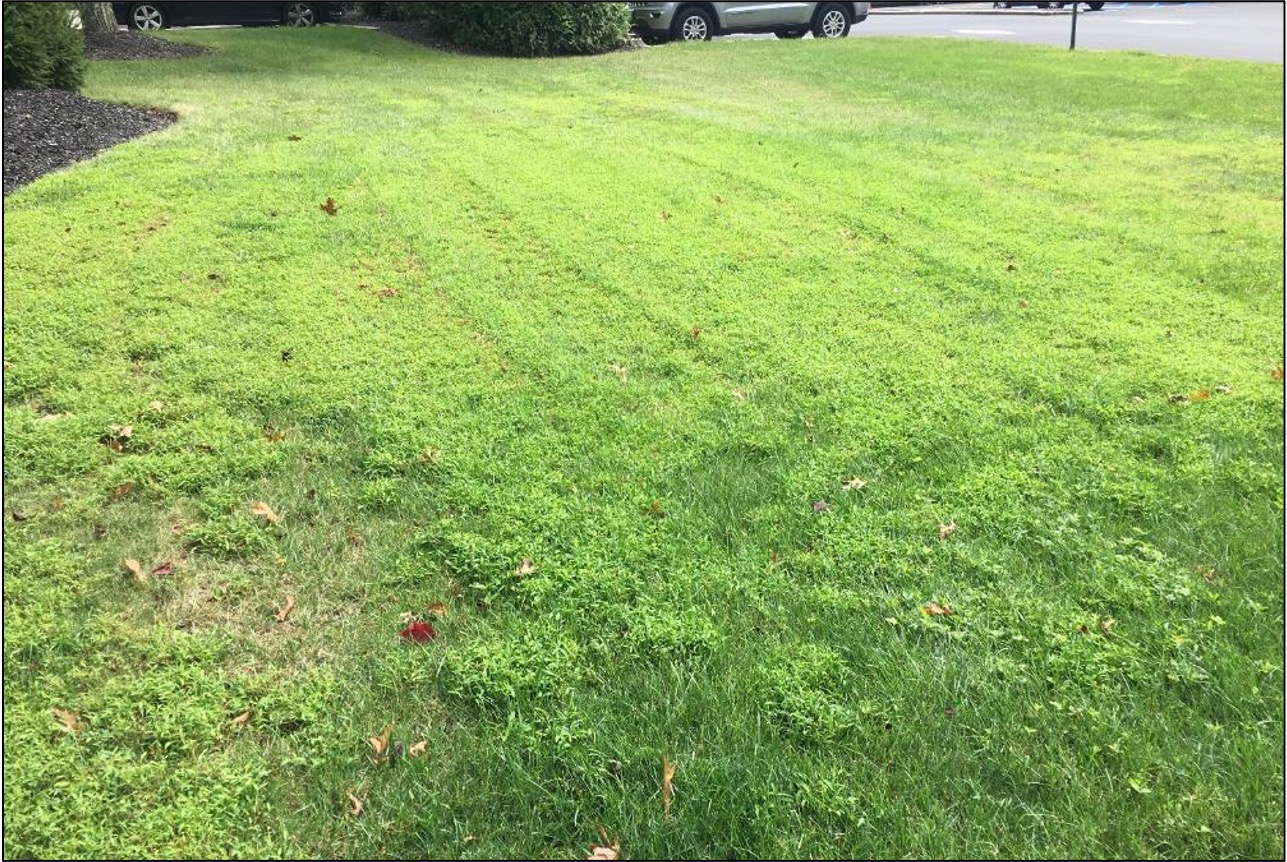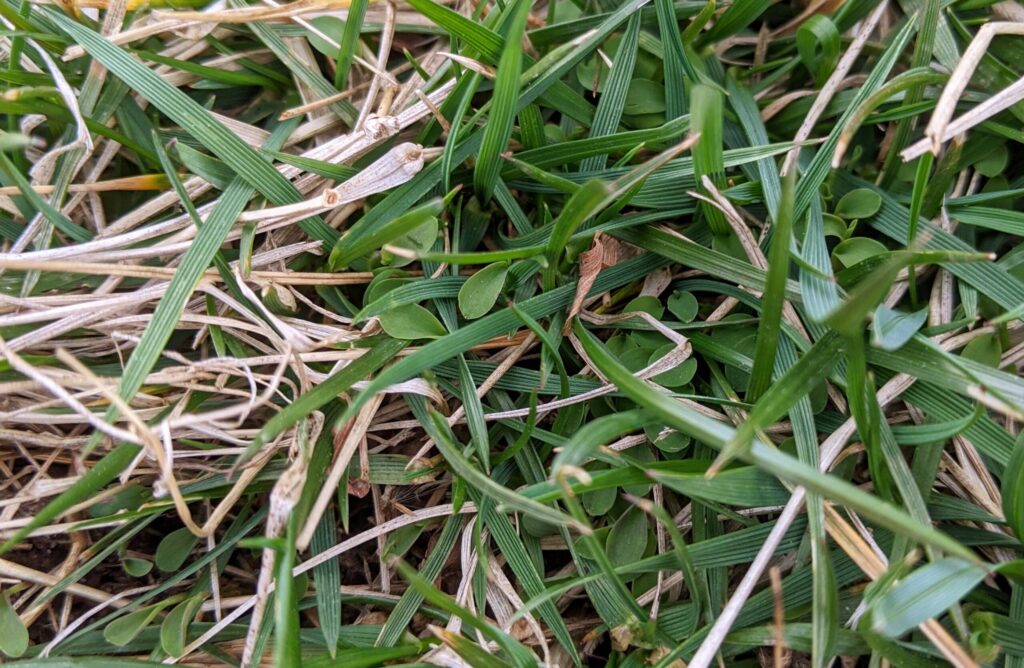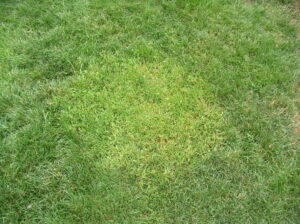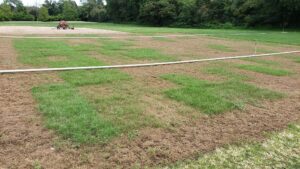Main Content
The region enjoyed warmer than average temperatures last week and into the weekend before things cooled off on Monday and now remain seasonal. While warmups like we saw last week are not uncommon in March, the extended 5- to 6-day duration of warm weather has Forsythia in full bloom across much of the region. What does this mean for emergence of summer annual weeds like crabgrass?
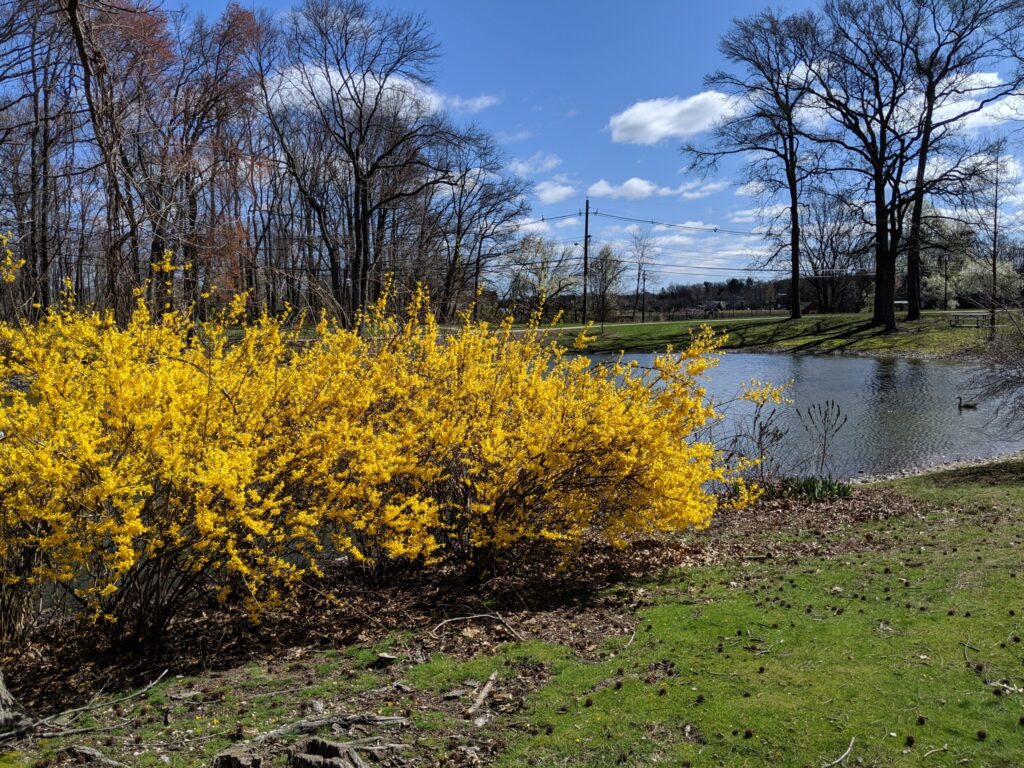
The science on this topic is not settled, but found phenological indicators like Forsythia are as good or better than using soil temperatures or growing degree-days (calculated from air or soil temps) to predict crabgrass emergence. When Forsythia is in full bloom, it is a warning that crabgrass emergence is near and it is a good time to start making preemergence herbicide applications, particularly for those not using dithiopyr and others that need multiple weeks to get applications completed. I suspect that for most of us, except potentially in southern NJ, we will need another warm period of high temperatures in the 60s and 70s to see crabgrass emergence. For those relying on prodiamine and pendimethalin, it is not too late, but also not too early to make applications. That said, forecasting crabgrass emergence is less certain than predicting the weather.
In combination with using uncertain predictions, check sentinel areas for crabgrass seedlings to see if emergence has started. Sentinel areas I go to are thin turf on south-facing slopes since they warm faster than other turf areas. Areas near paved surfaces warm too rapidly compared to turf and are not useful. If you see emergence in sentinel areas, make preemergence applications ASAP.
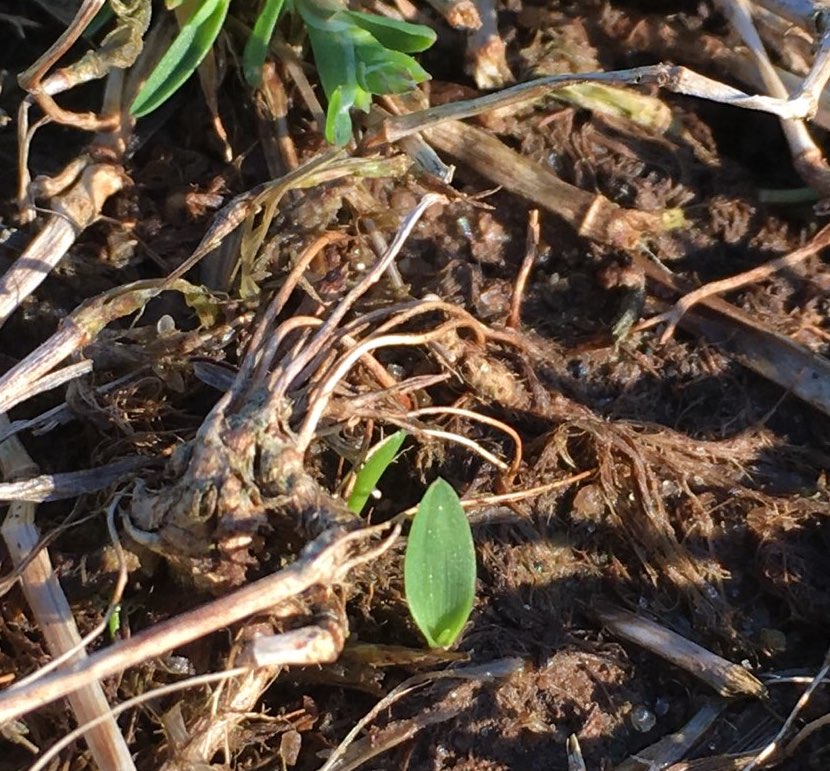
Japanese stiltgrass emergence
While I have not seen crabgrass seedlings, Japanese stiltgrass has emerged in central NJ. Stiltgrass emerges before crabgrass, although temperatures that trigger emergence or phenological indicators are not understood. Typically have seen it emerge 3 to 4 weeks before crabgrass.
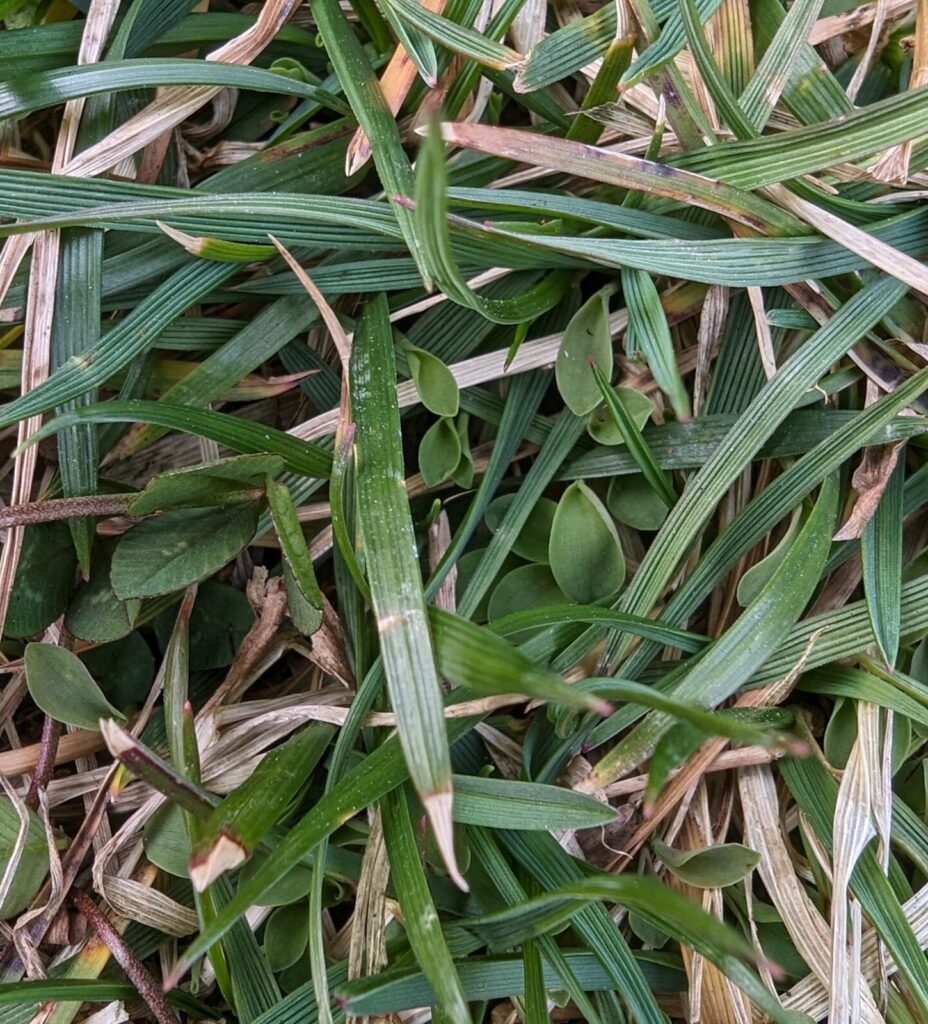
Particularly in central and southern NJ and the NY metro area, do not expect complete control of Japanese stiltgrass if you have not applied your preemergence herbicide and had rainfall to get it into the soil. For more information on Japanese stiltgrass control in lawns, see this blog post.

